Westminster Abbey Self Guided Tour – What To See and Do At This Magnificent Gothic Church in London
During my holiday in London, I went on a self guided tour of Westminster Abbey. This magnificent Gothic church has a stunning facade, and the interior is gorgeous too! The highlight of my visit was seeing the numerous beautiful sculptures, including those of famous figures like William Shakespeare and Isaac Newton. In total I spent about one hour exploring the church, and you can check out my virtual tour below.
Table of Contents
- Westminster Abbey
- Church Entrance Fee
- North Aisle
- Coronation Chair
- Nave
- Grave Of The Unknown Warrior
- Isaac Newton’s Monument
- Quire
- High Altar and Cosmati Pavement
- Lady Chapel
- Poet’s Corner
- Cloisters
- Chapter House
- Map of Westminster Abbey
- Is Westminster Abbey Worth Visiting?
Westminster Abbey
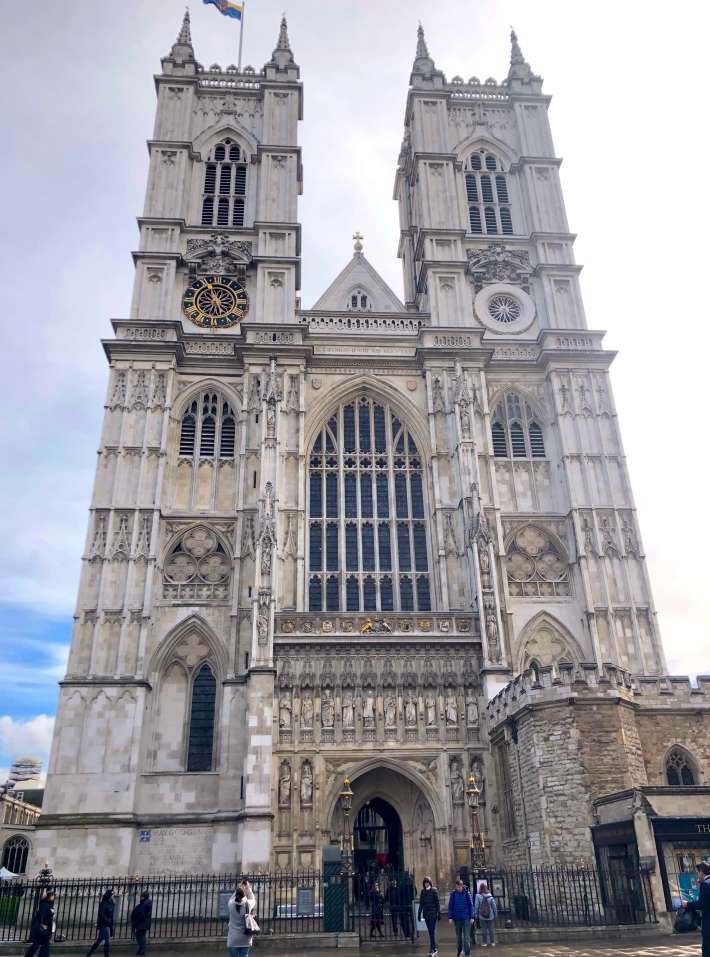
Westminster Abbey serves as the coronation church of England and is one of the most important religious buildings in the country.
It was founded over 1000 years ago in the 10th century, and houses the tombs of 17 monarchs.
The church underwent a Gothic transformation in the 13th century, and today it is a magnificent example of Gothic architecture.
Standing outside the church, I was very much in awe of its majestic facade!
Church Entrance Fee
I bought my entrance ticket in advance from Klook for £21, which is cheaper by £1 than the official site.
On the day of my visit, I went to the church and joined the fast track queue for online bookings, which was much shorter than the main queue.
When I reached the counter, I showed the staff the mobile ticket in my phone and entered the church. It is not necessary to print out a physical ticket.
I recommend buying online because if you buy at the church, it will cost £24 instead. You get to save time too because of the fast track queue.
North Aisle
After going through the ticketing lobby, I walked into the North Aisle, which is lined with many statues.
I walked past the monument of Charles James Fox, who was a prominent British statesman in the 18th century.
This beautiful sculpture was created by Sir Richard Westmacott, and is considered to be his best work. It shows Fox lying on a bed, supported by a figure of Liberty. A slave and a figure of Peace mourn at his feet.
Coronation Chair
After that, I went to see the Coronation Chair, an ancient wooden chair that British monarchs sit on when they are crowned at their coronations.
It was first used in the 14th century, and has since gone through 38 coronation ceremonies.
Unfortunately, the chair was heavily vandalised in the 18th century by tourists and choirboys who carved their initials and other graffiti into the chair.
I’m glad that nowadays visitors can only look at the chair from behind a glass window.
Nonetheless, this remains one of the most famous and precious furniture in the world! I’m glad that I had the chance to see it in person.
Nave
Next, I walked down the Nave, which is the long central part of the church.
While it is not as lavish as the Lady Chapel (see below), it is still a very grand space boasting high vaulted ceilings, pretty stained glass windows, beautiful sculptures and famous memorials.
Many famous figures are buried here, including Charles Darwin, Charles Barry, Isaac Newton, Thomas Hardy and Charles Dickens.
Professor Stephan Hawking was recently buried in the church too, near the grave of Isaac Newton.
Grave Of The Unknown Warrior
While walking down the nave, I saw the famous Grave Of The Unknown Warrior, which holds the body of an unidentified British soldier killed in battle during World War I.
The grave is meant to commemorate the many soldiers who were killed in the First World War.
On it is an inscription surrounded by red poppies, stating that the soldier was buried here “among the kings because he had done good toward God and toward his house”.
Issac Newton’s Monument
Towards the eastern end of the nave, I saw the beautiful monument of Issac Newton, located in front of the choir screen gates.
It shows the reclining figure of Newton with his right elbow resting on several of his most famous books.
The monument of James Stanhope, designed to match that of Isaac Newton, is located at the other side of the choir gates.
Quire
After that, I walked into the Quire.
This is the place where the Choir sings from their stalls during the daily choral service, continuing a tradition that dates back to over a thousand years ago.
Remember to look downwards at the black and white marble floor, which dates from 1677.
High Altar and Cosmati Pavement
My next stop was the High Altar and Cosmati Pavement.
The “High Altar” is the glittering chief altar of the church. Unfortunately, it was covered with a cloth during my visit.
Luckily, I got to see the famous “Cosmati Pavement” in front of the altar. This mosaic pavement is known for its complexity of design and workmanship.
It was laid down in the 13th century by expert Roman craftsmen who specialised in a form of stone decoration work known as “Cosmati”.
Lady Chapel
From the nave, I entered the beautiful Lady Chapel.
Located at the eastern end of the church, this gorgeous chapel is a wonderful example of medieval Gothic architecture.
It boasts stunning fan-vaulted ceilings, colourful banners of arms, statues of 95 saints, and intricately carved misericords on the wooden stall seats.
I was intrigued by the extraordinary fan design of the ceiling, and spent quite a while arching my neck upwards to admire it.
I also went to check out the glittering bronze effigies of Henry VII and Elizabeth of York, which could be seen through the grille around the monument.
They were created by famous Florentine Renaissance sculptor, Pietro Torrigiano.
Poet’s Corner
Next, I walked to the Poet’s Corner, which is a must-visit for literature lovers.
This corner of the church houses the graves and memorials of over 100 famous poets and writers!
Some of these literary greats include Geoffrey Chaucer, Charles Dickens, Thomas Hardy, Rudyard Kipling, the Bronte sisters, Oscar Wilde, TS Eliot, CS Lewis, and Jane Austen.
I was happy to see the monument of William Shakespeare, which depicts the great poet leaning on a pile of books and pointing to a scroll inscribed with a variant of Prospero’s lines from The Tempest.
Cloisters
After that, I went outdoors to check out the Cloisters. This is basically a sheltered space that monks used to relax or move around the monastery.
The monastery was dissolved in 1539 and the building became a church instead.
It was nice to stroll around these peaceful vaulted walkways, which reminded me of the cloisters I visited in Oxford University.
I was surprised to come across two medieval limestone coffins lying in the open on the ground.
The small garden in the cloisters houses a memorial fountain that commemorates Lancelot Capability Brown, an English landscape architect who was known as “England’s greatest gardener”.
Chapter House
From the cloisters, I went to my final stop of the church: the Chapter House. This octagonal room served as a space for monks to pray and hold meetings.
Although it is hard to tell, this room used to be extremely lavish, boasting many sculptures, elaborate wall paintings, and shimmering glazed tiles.
However, due to the passage of time, many of these beautiful decorations are now missing, damaged, or worn out.
There are only a few remnants of its once glorious past, such as the high vaulted ceiling and imposing central pillar.
I walked around the room to see the faded paintings on the walls, which depict famous biblical scenes such as the Apocalypse in the Book of Revelation and the Last Judgement.
I also took some time to look at the medieval floor tiles, which are known for their beautiful designs and complex workmanship. They were once glazed but much of the glaze has now worn away.
Personally, I feel that the stained glass windows are the prettiest decorations in this room. Even though they were largely destroyed during air raids in World War Two, they were restored to their former splendour afterwards.
While leaving the Chapter House, I saw what is claimed to be “Britain’s oldest door”, believed to be constructed in the 1050s.
Map of Westminster Abbey
This useful map lists down all the attractions I visited in the church for your easy reference. You can click on it to enlarge, or download the latest map from the official website.
Is Westminster Abbey Worth Visiting?
I enjoyed my self-guided tour of Westminster Abbey very much! Unfortunately, due to my tight London itinerary, I could only spend one hour exploring the church. Therefore, I did not manage to check out a few popular attractions like the Little Cloister garden and College Garden. If you appreciate glorious medieval architecture, splendid sculptures, and centuries-old British heritage, then Westminster Abbey is definitely worth a visit!
Westminster Abbey
Address: 20 Dean’s Yard, London SW1P 3PA
Website: www.westminster-abbey.org
Opening Hours*: | Mon to Fri: 9.30am – 3.30pm | Sat: 9am – 1pm | Sun: open for worship only |
*Hours may vary. Visit the website for the most updated times.

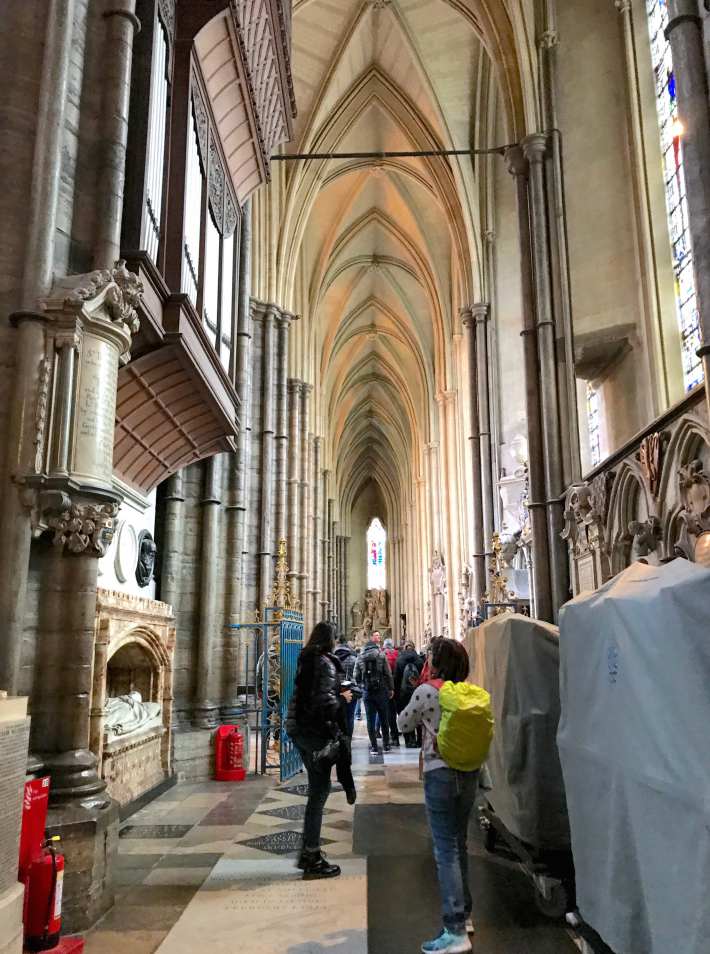
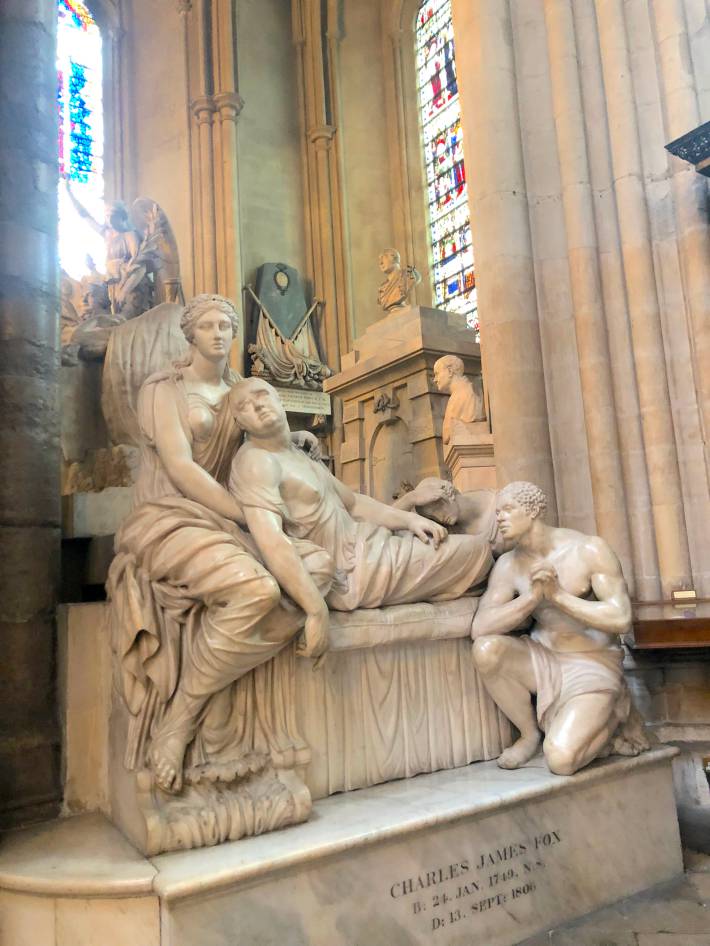
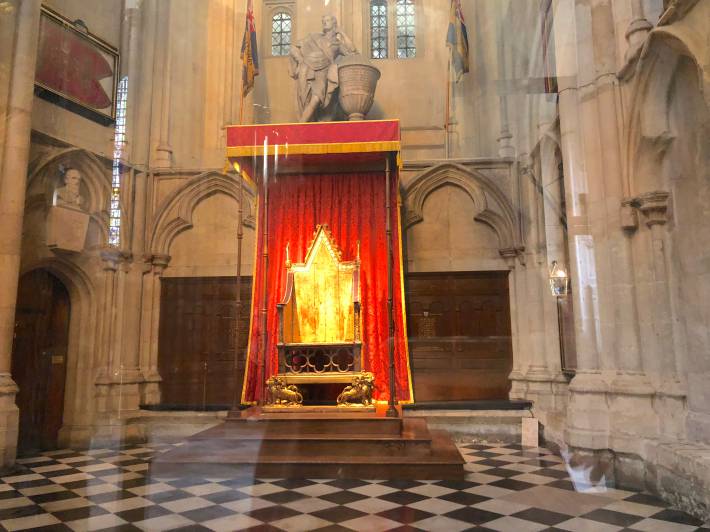
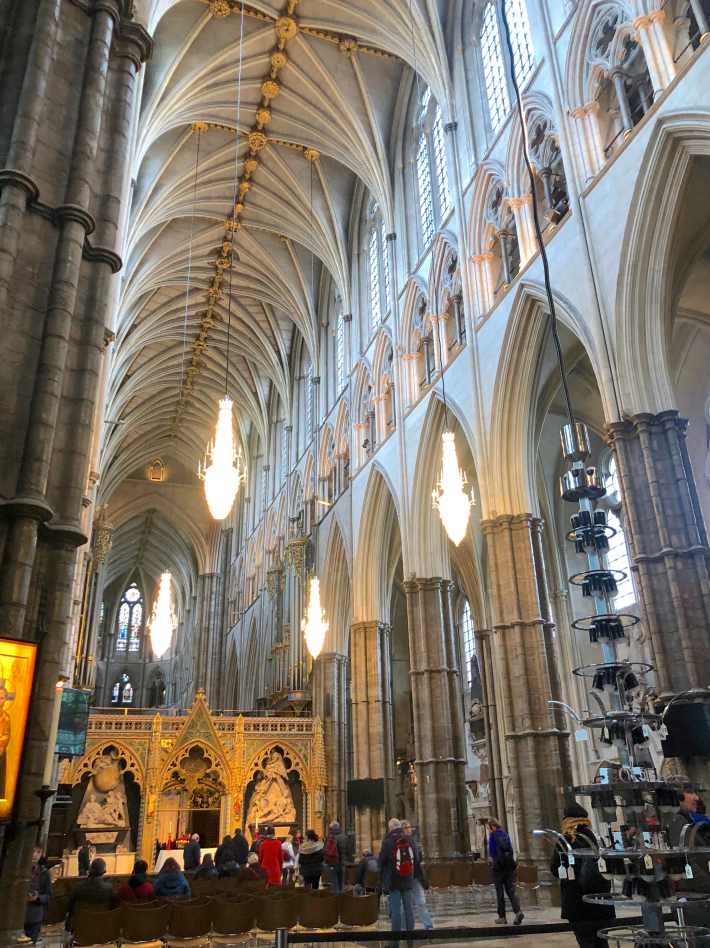
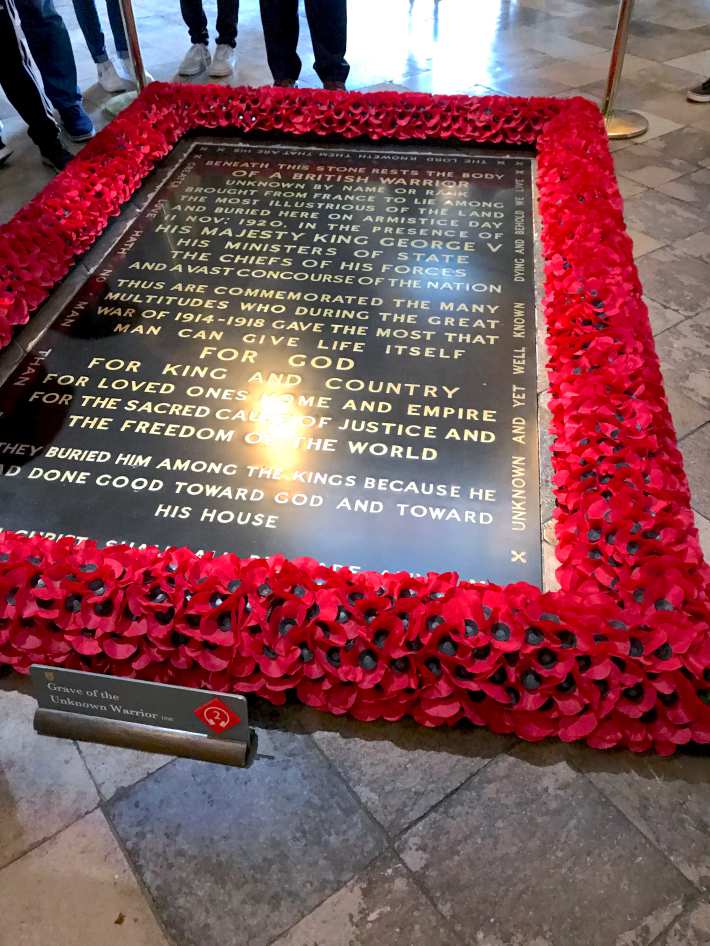

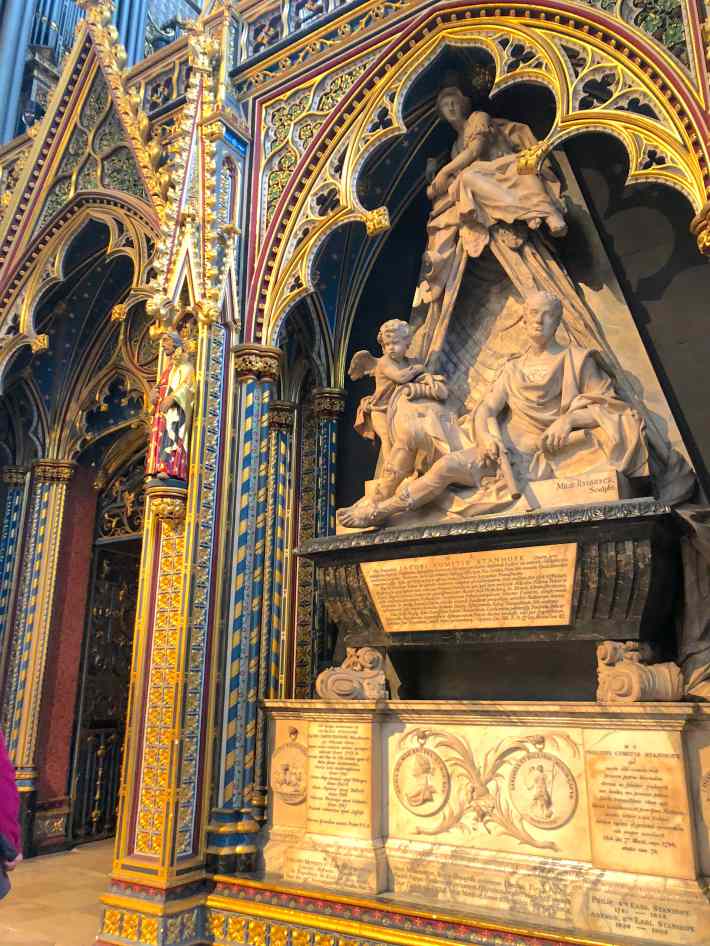
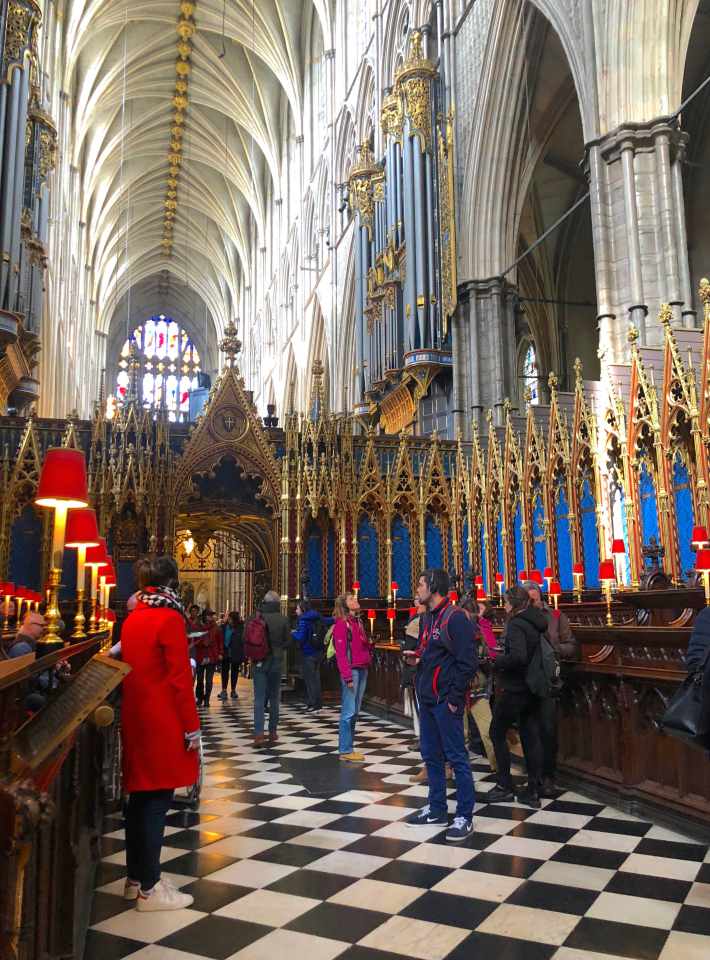
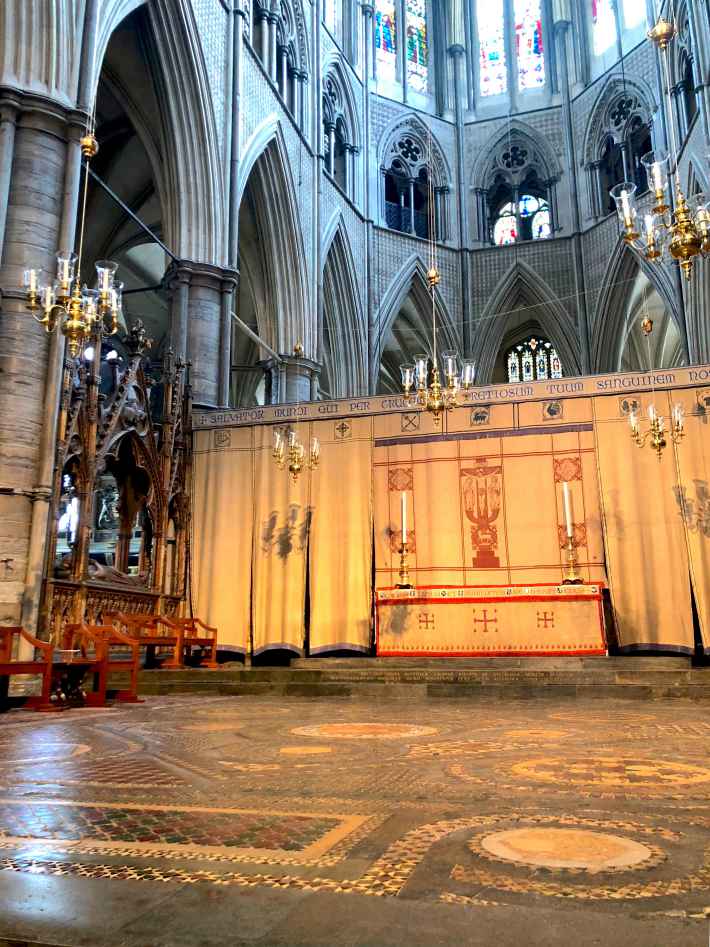
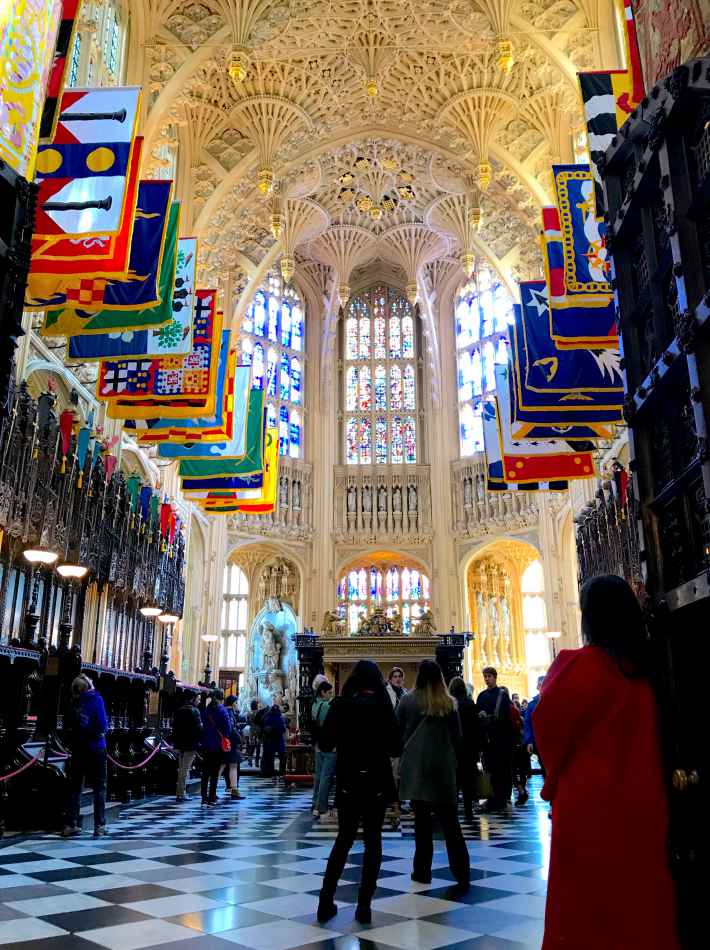
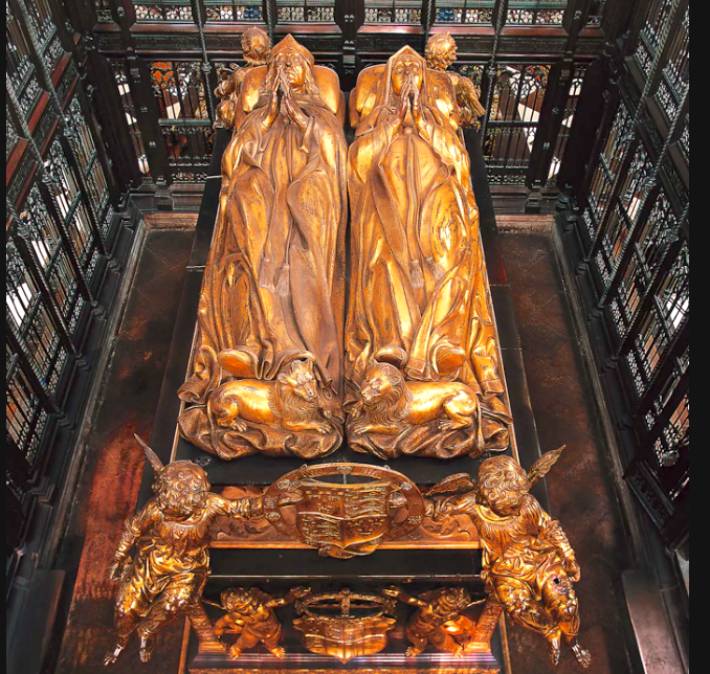
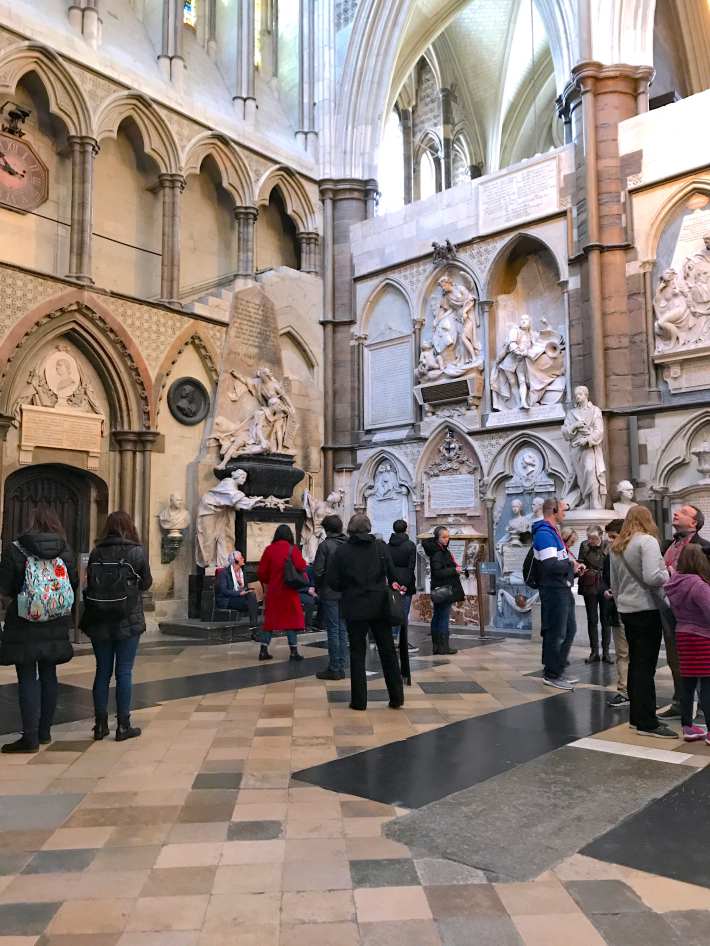
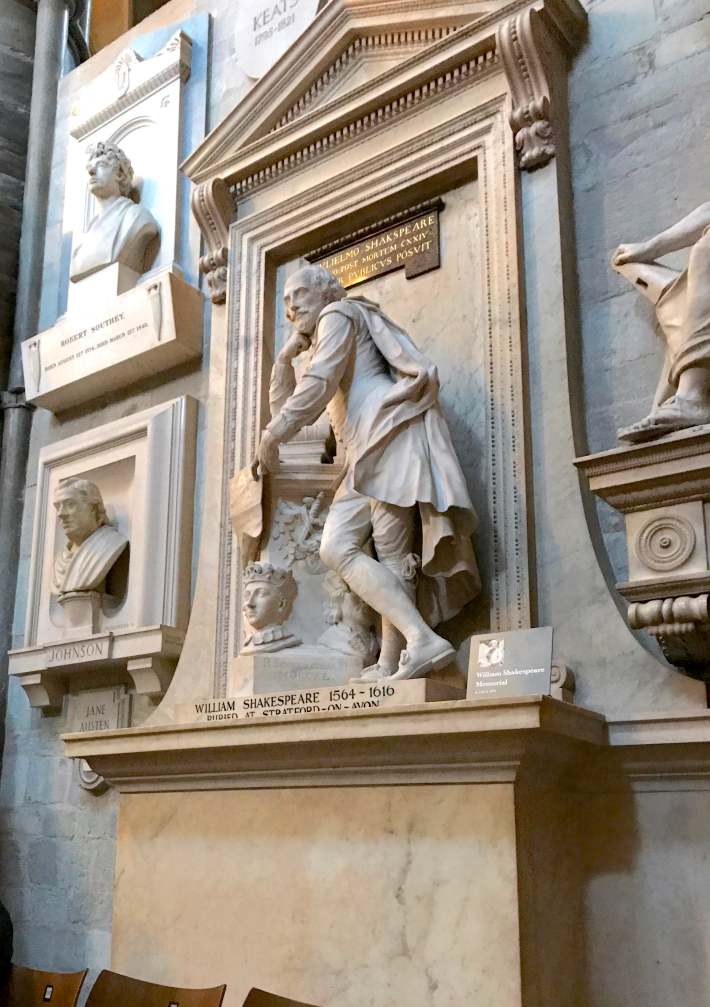
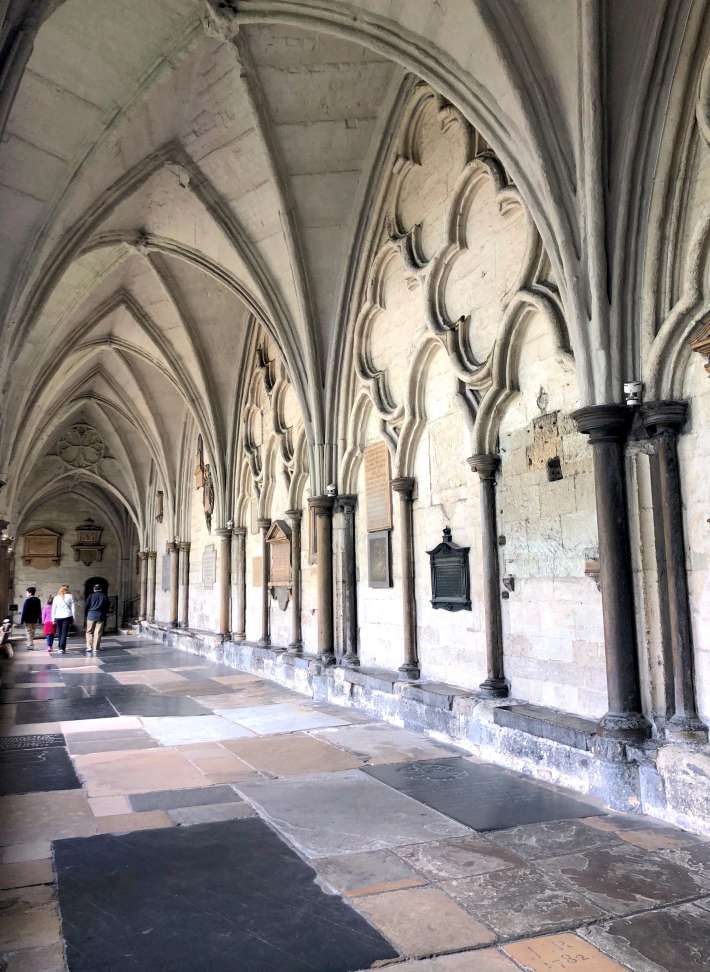
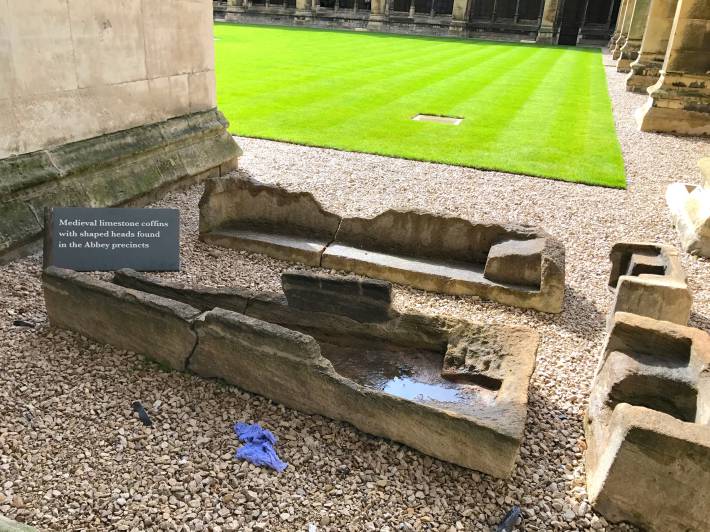
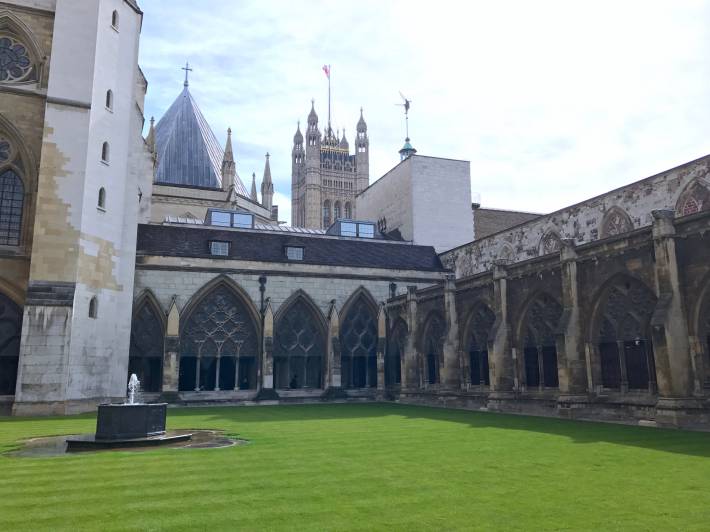
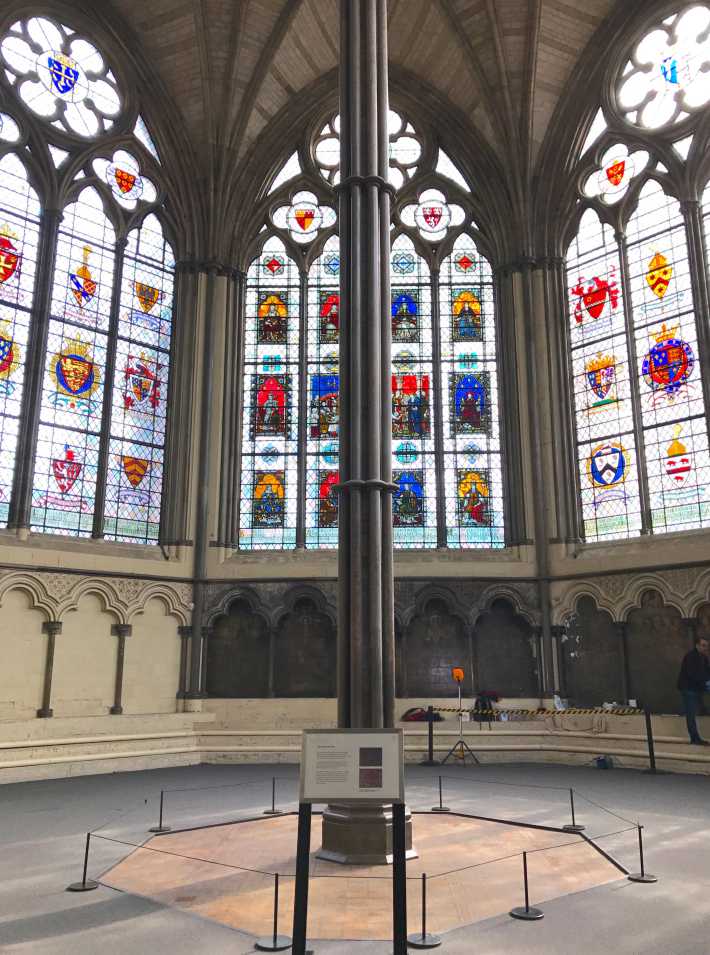
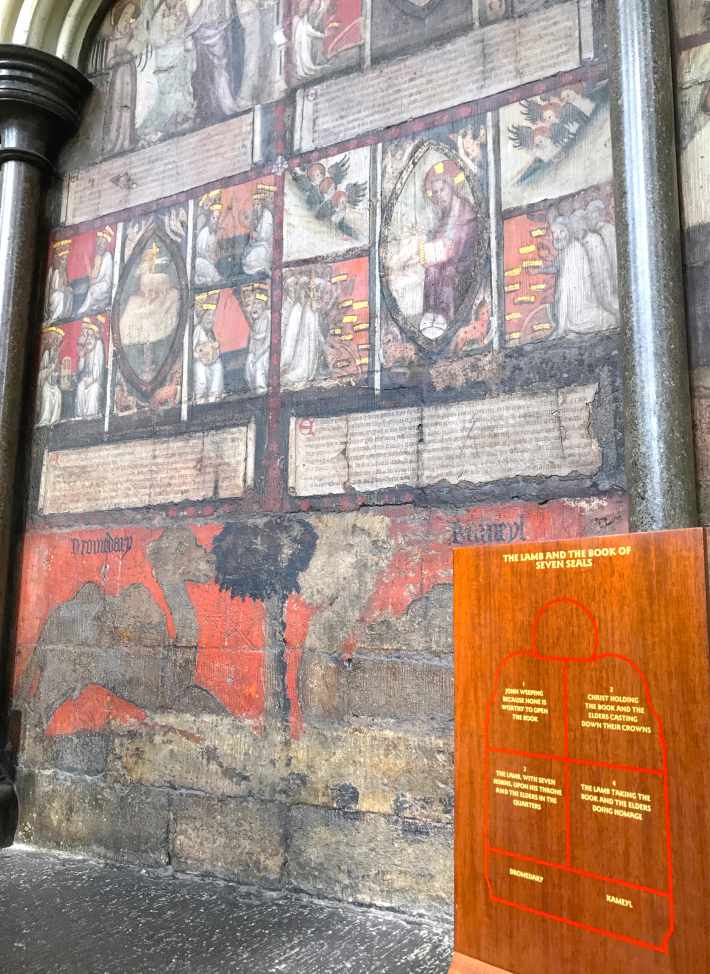
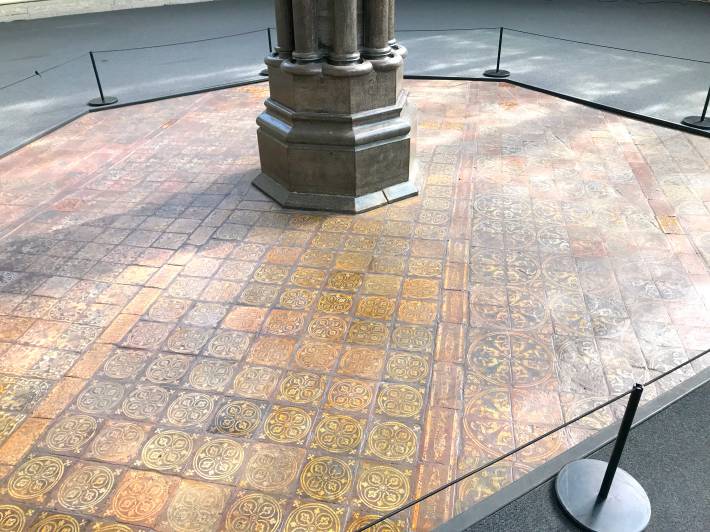
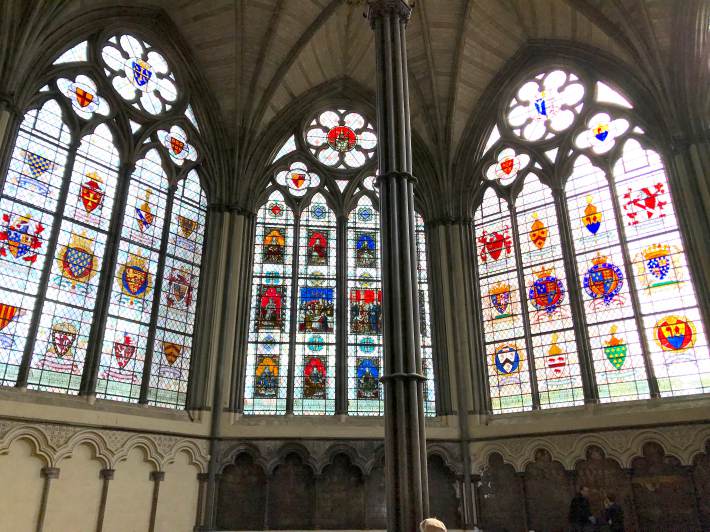
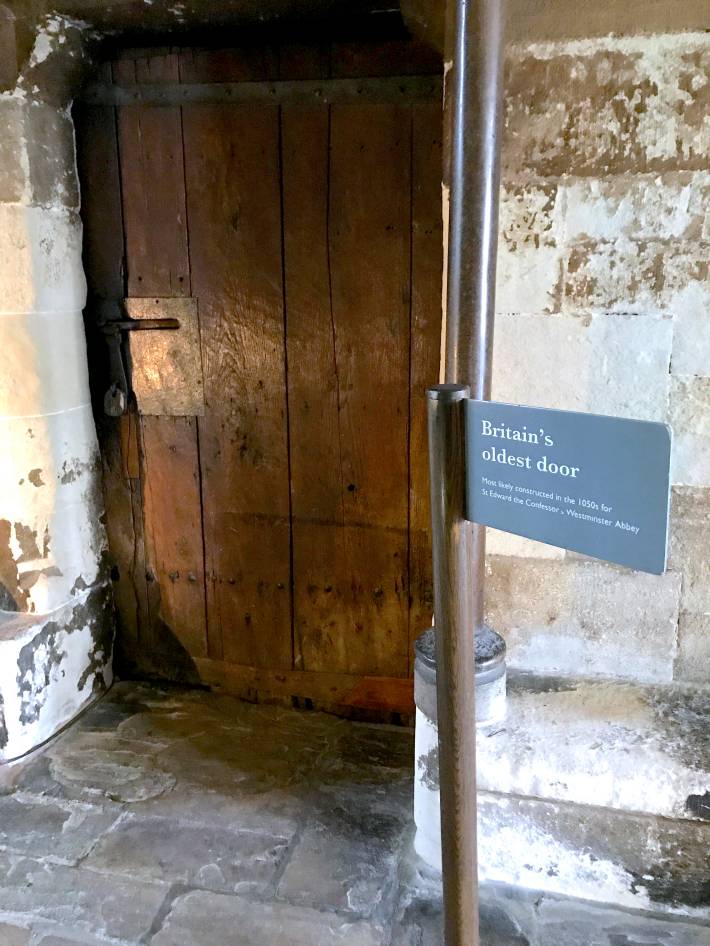
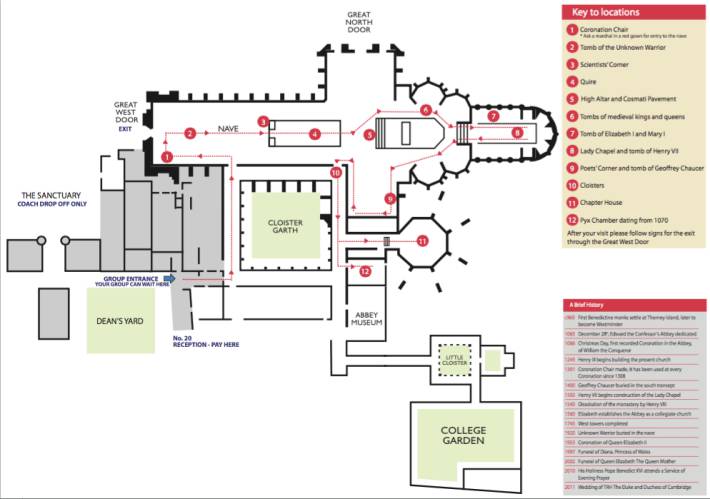
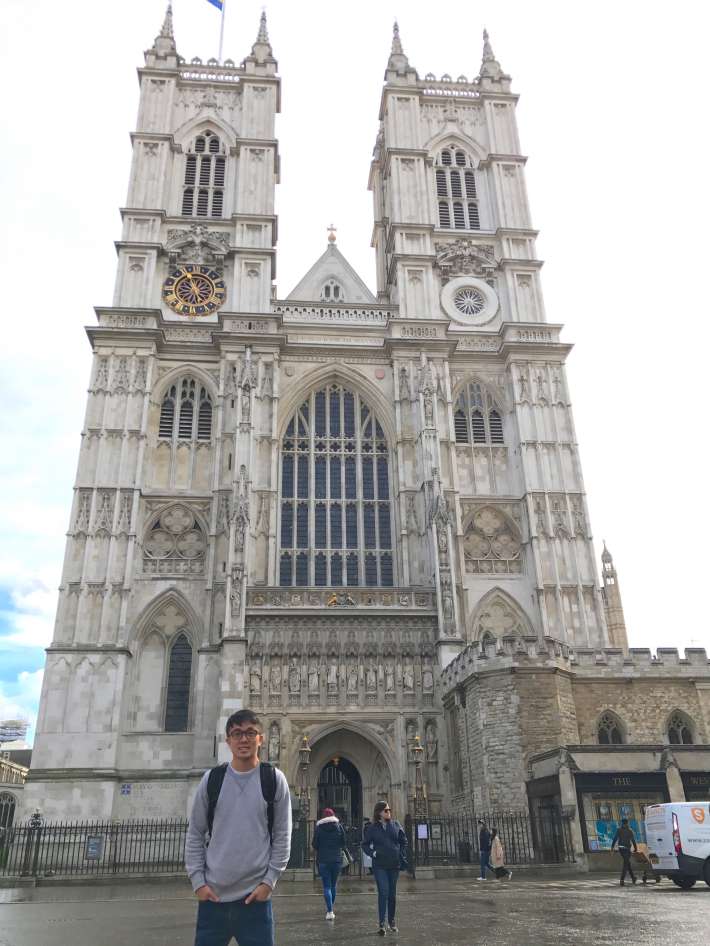
No comments yet